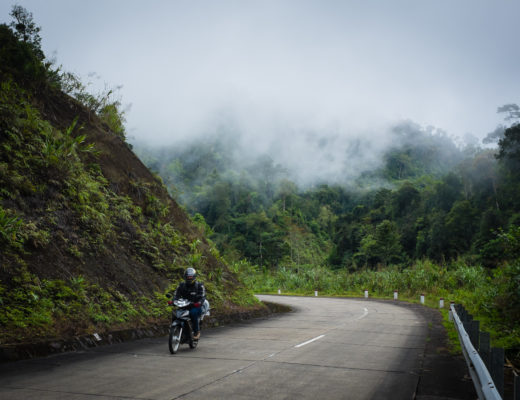330 million – that’s the number of Gods according to the sacred books of Hinduism. To see the place where they are born, visit Kolkata.
To enter the Hindu Gods’ birthplace, no mystical rituals are required. There’s no need for blood sacrifice, purifying rites or hefty temple donations. In fact, you don’t even need to be a believer. You do however need a ticket – a ticket for Kolkata metro, which will take you to the Shyam Bazar station. From here, the birthplace of Gods is just a short walk away. Forget Google maps, just ask anyone where the sculptures’ village is – locals call it Kumar Tuli.

There is no gate through which you have to enter, no sign announcing that you’ve just arrived at the Hindu Olympus. There doesn’t have to be, a few steps down Kumar Tuli’s narrow alleys and you’ll feel as if ascending into another universe. There are hundreds of workshops here, each hosting dozens of idols at a different stage of production.
They all begin as straw scarecrows, which serve as the skeletons of the figures. Their flesh is made of clay, thick, moist and dark grey, its scent filling the village’s air. The details – lean fingers, symmetrical ears, deep blue eyes – will come later. But even before that happens, even though many of the Gods are yet to have heads fixed on theirs necks, and faces shaped to recognition, there’s enough hints to help you guess, which God you have the privilege of meeting. The round bellied idol is bound to end up with Ganesh’s elephant head, eight slender arms belong to Goddess Durga, skin with a blue shade leaves no doubt – it’s Krishna.

It takes between two weeks and one month to complete one idol and each of the workshops will make approximately 50 of them, when the season comes – that is four times each year, before major Hindu festivals. These figures, each worth between 24 to 50 thousand Indian rupees (13 to 27 thousand Baht), will then be dressed up, decorated with flower garlands and marched down in nosy and colorful processions down Kolkata’s ever busy streets. Their existence will be short though – by sunset, they all will end up in the muddy Hooghly River to dissolve in its slowly flowing water.

The luckiest among the gods are those made of fiberglass – long, international travel awaits them. Idols of Kumor Tuli can be found around the globe where they are worshipped by local Hindu minorities. If you’d like one of them to visit you, prayer might not be the best method to opt for. Better go online and order yourself an idol. But first take a look at these images; this is how gods are born.
By Maciek Klimowicz












